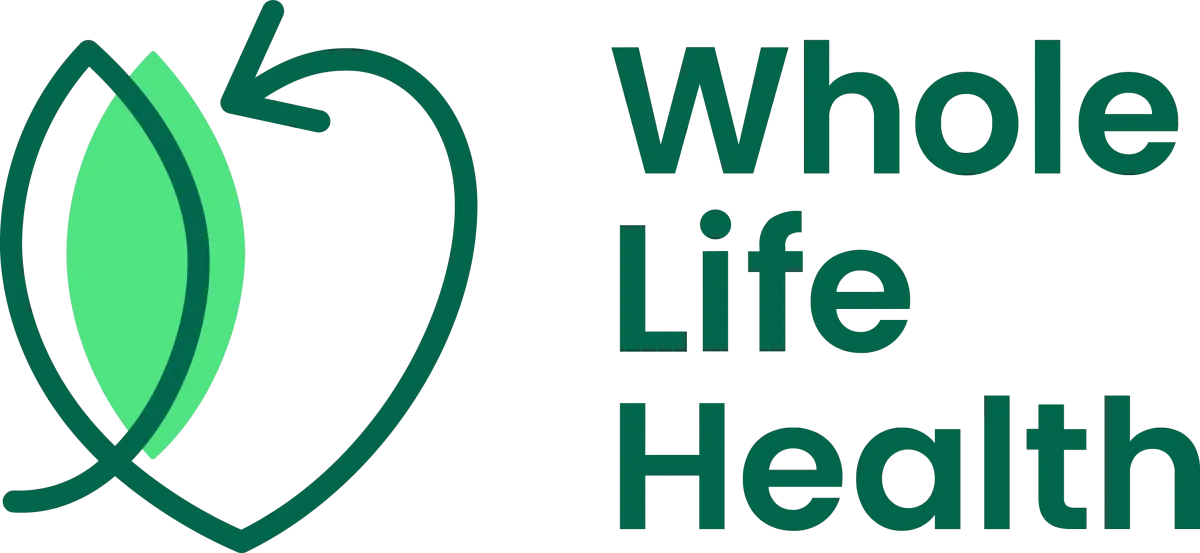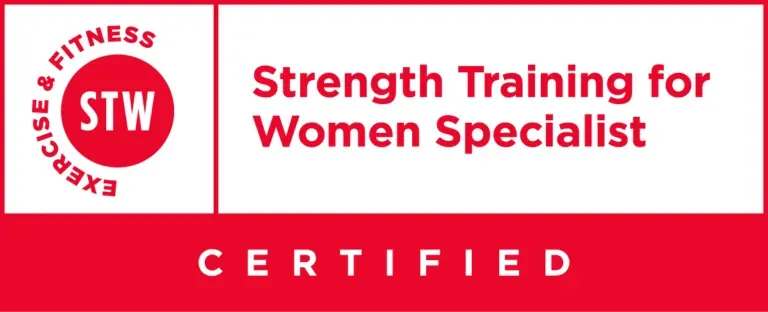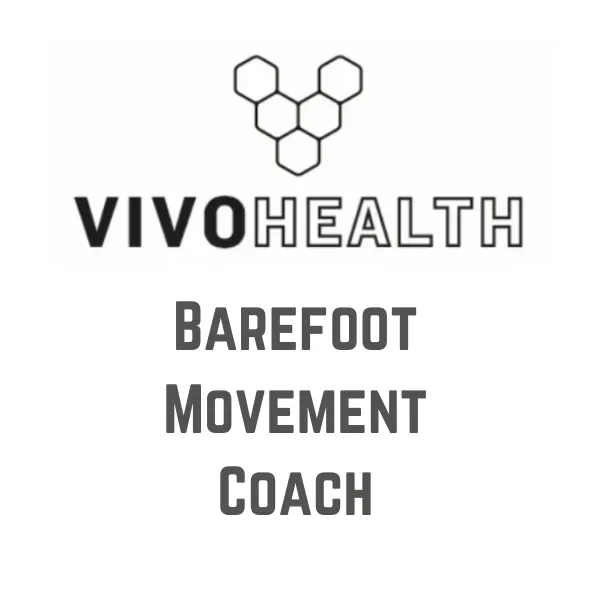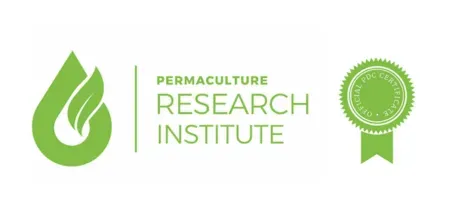
Collagen Supplements: Benefits for Gut Health, Joints & Kids
Every few months, a new supplement promises to be the one. The magic bullet. The thing your diet’s been missing all along. So, when someone mentions collagen, it’s easy to roll your eyes and think, Here we go again.
But not so fast.
Collagen isn’t a trend—it’s a return to something deeply foundational. It’s not flashy. It doesn’t promise overnight results. But what it does offer is quiet, consistent support for your joints, skin, gut, and connective tissue—the parts of your body that don’t just help you look good, but keep you moving well.
What’s more, when paired with whey protein—a supplement already trusted for muscle repair and growth—you get a powerhouse combination that kinda mirrors the way our ancestors used to eat. This isn’t about hacks. It’s about rebalancing the nutrition most modern diets lack.
In this post, we’ll explore the role of collagen in your body, how it complements whey protein, and why the two together might just be the missing link in topping up your protein.
The Importance of Collagen in Our Diet
Collagen is the scaffolding of the human body. It makes up about 30% of our total protein content and is concentrated in connective tissue, skin, cartilage, and bones. From keeping your skin supple to allowing your knees to handle a sprint or squat, collagen quietly holds it all together.
But as we age—or simply fall short in our nutrition—our natural production of collagen drops off. This leads to things like creaky joints, reduced muscle elasticity, and visible signs of ageing. That’s where supplementation can help plug the gap, especially for those of us who aren’t simmering bones for broth every day (which is actually very easy... just get yourself a slow cooker... and some bones).
Historical Context: What We Used to Eat
Our ancestors didn’t worry about getting enough collagen—they naturally consumed it through slow-cooked stews, organ meats, and gelatine-rich cuts of meat. Cultures around the world intuitively knew the value of eating the whole animal, not just the lean muscle meats. Man, slow cooked sticky beef shin is in-cred-i-ble!
Today, we tend to skip the bones and connective tissue in favour of lean muscle cuts. While convenient, this shift leaves out the very nutrients that support our structure and stability.
Supplementing with collagen is one way to bring that ancient wisdom back into balance with modern life.
Collagen vs. Whey: A Modern Complementary Combo
Whey protein is a go-to for many because it’s a complete protein—containing all nine essential amino acids—and is absorbed quickly, making it ideal for muscle repair and growth. But collagen brings a different set of tools to the table.
Collagen isn’t a complete protein, but it’s rich in glycine, proline, and hydroxyproline—amino acids your body needs to build and maintain connective tissue. It’s not either/or. It’s both/and.
Taken together, whey supports muscle building, while collagen strengthens the structures that support your movement—your ligaments, tendons, joints, and fascia. This dual approach echoes ancestral eating patterns and fills in nutritional gaps modern diets often leave behind.
Enhancing Muscle Growth and Recovery
Muscle development doesn’t stop at the muscle fibres themselves—it also relies on the strength of the tendons and ligaments that hold everything together.
Emerging studies show collagen supplementation can support muscle recovery and connective tissue strength, reducing the risk of injury and improving performance outcomes. One study even found that collagen use during resistance training led to increased tendon thickness and improved functional performance.
For those regularly training or recovering from injury, collagen could be the missing piece that helps you train harder, recover faster, and stay injury-free longer.
Collagen and Gut Health: A Hidden Advantage
One of the less talked-about—but hugely impactful—benefits of collagen is its support for gut health.
The amino acid glycine helps regulate inflammation in the gut lining, while glutamine supports intestinal cells and helps maintain the barrier between your digestive tract and the rest of your body. Proline plays a key role in tissue regeneration, which can assist in healing microtears or permeability issues in the gut wall (often referred to as "leaky gut").
Many people report better digestion, reduced bloating, and improved nutrient absorption after incorporating collagen consistently. When your gut is functioning optimally, every other system in your body—from your immune response to your energy levels—tends to benefit too.
Practical Ways to Add Collagen to Your Day
You don’t need to overhaul your diet to get started. Collagen is simple to integrate—here’s how:
Eat More Minced Beef – One of the easiest ways to boost collagen naturally. Minced cuts tend to include connective tissue, especially when sourced from a regenerative source using a more nose to tail approach.
Choose a Quality Supplement – Look for hydrolysed collagen peptides from sustainable sources. These are easy to digest and absorb.
Blend It Post-Workout – Add a scoop of collagen to your whey protein shake for a recovery boost that supports both muscle and tendon repair.
Cook with It – Collagen powder can be stirred into soups, smoothies, porridge, or even primal-friendly baked goods—its neutral taste makes it easy to use.
Sip on Bone Broth – A slow-simmered, collagen-rich broth can be a gut-friendly and warming addition to your daily nourishment.
Use Gelatine-Rich Foods – Simple options like homemade gummies or gelatine desserts can be a sneaky (and tasty) way to up your intake.
How to Get More Collagen Into Your Kids’ Diet
Kids benefit from collagen too—especially when they're growing fast, bumping knees, and burning through nutrients at full tilt.
Try these easy, ancestral-aligned ideas:
Bone broth in soups or slow-cooked meals – Stir into stews or use as a base for veggie-rich, slow-cooked dishes to boost both flavour and nutrients.
Gelatine-based treats – Homemade fruit gummies or jelly made with grass-fed gelatine are fun, delicious, and rich in glycine.
Minced meat dishes – Think slow-cooked meatballs, shepherd’s pie with root veg topping, or burger patties made from beef that includes collagen-rich connective tissue.
Smoothies with hidden collagen – A scoop of flavourless collagen peptides blends right into a berry or avocado smoothie—no fuss, no weird taste.
Getting collagen into their routine doesn’t require a battle at all—just a few nutrient-dense, primal-friendly tweaks that even picky eaters will love.
What About the Critics?
Yes, collagen is having a moment. But just because it’s popular doesn’t mean it’s baseless. While some trends fade, collagen is backed by both tradition and research.
In fact, multiple studies have shown benefits like:
Improved joint function and reduced pain in those with osteoarthritis and athletic injuries
Increased skin hydration, elasticity, and reduced wrinkles, contributing to a youthful glow
Lean mass and strength gains when combined with resistance training (but whey, meat and eggs are still your go to here).
Gut healing and reduced inflammation, especially in those with compromised digestion
Rather than chasing the next quick fix, think of collagen as a strategic return to how our bodies were designed to thrive.
Your Next Step: Nourish What Holds You Together
Whether you’re looking to recover faster from workouts, future-proof your joints, or simply feel stronger in daily life, the combination of collagen and whey protein (or nose-to-tail animal eating) can help you get there.
If you’re not sure where to start—or you’re feeling stuck in your wellness routine—download our free Energised Parenting Guide or book a complimentary call to discuss your health goals.
👉 [Download the guide]
👉 [Book a call]
There’s no need to guess. With a bit of structure and the right nutrients, you can build a stronger, more resilient body from the inside out. Let’s get you moving forward—well-supported, well-nourished, and well-informed.









